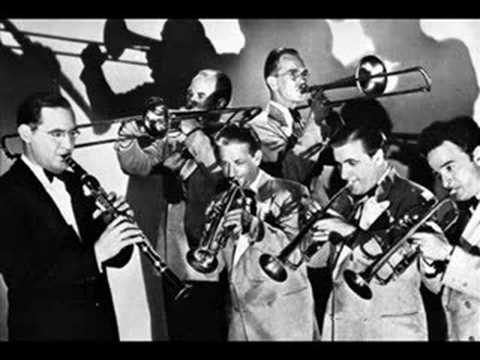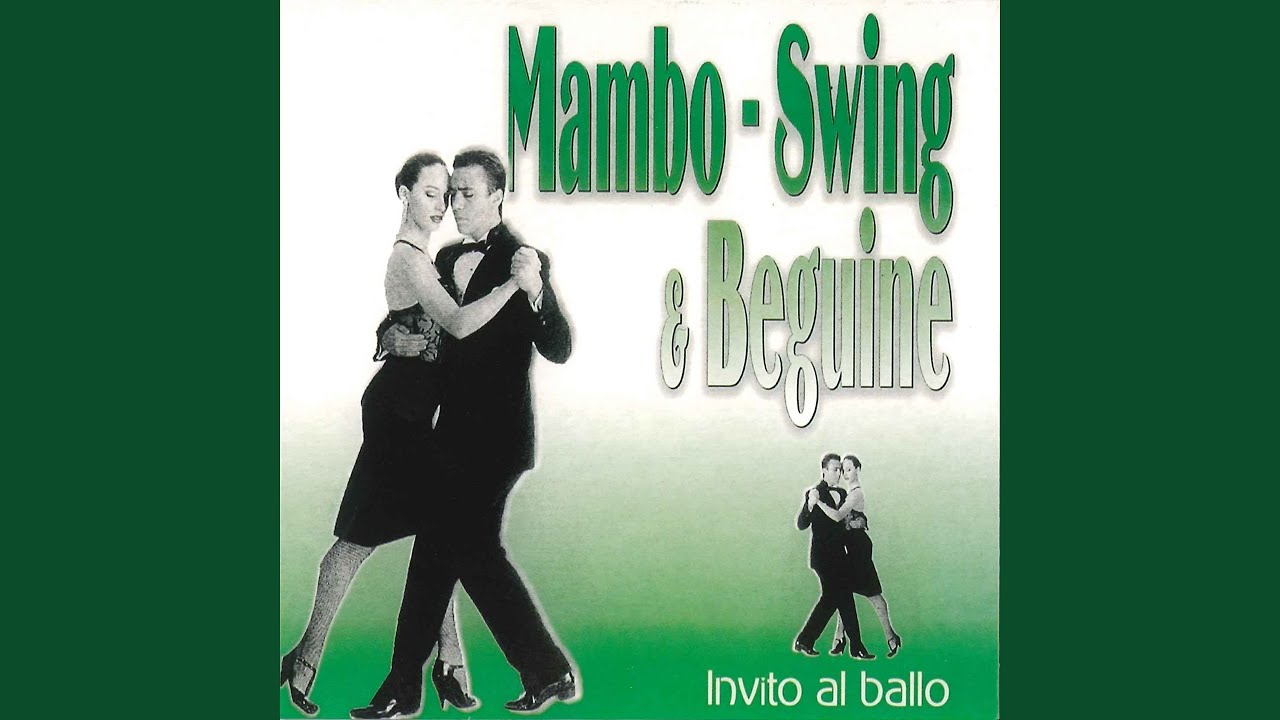There’s a saying that goes, “Behind every wall, there’s a story.” If those walls could talk, Sing Sing would have one heck of a tale to tell. Located in Ossining, New York, Sing Sing Correctional Facility has been a linchpin in America’s penal history since it opened its doors in 1826. But don’t let its historical charm fool you. Sing Sing’s legacy is packed with dark, twisted narratives that reflect societal flaws, political dramas, and even celebrity culture. So buckle up as we dive deep into Sing Sing—America’s most infamous prison.
1. The Historical Legacy of Sing Sing
From the get-go, Sing Sing was built with lofty ambitions. Initially dubbed the State Prison at Ossining, it was intended to reform inmates through hard labor and discipline. However, it didn’t take long for Sing Sing to gain notoriety for its brutal conditions. A mix of overcrowded cells and a punitive approach rendered it a symbol of cruelty and despair in the American prison narrative.
Over the years, Sing Sing has evolved, reflecting broader changes in society’s attitude towards incarceration. One notable chapter in its history is the infamous electric chair, housed within its walls during the 20th century. While the chair became a stark reminder of the harsh realities of capital punishment, the prison also highlighted ongoing debates about human rights and justice.
With its warped history of punishment and reform, Sing Sing stands as a crucial marker in America’s mighty correctional system. For film enthusiasts, the stories emanating from its confines could easily fill a screenplay, touching on everything from social justice themes to untold personal dramas. Think about it—movies about prisons often dive into these complex histories, shedding light on the intricacies of human experience.

2. Top 5 Gripping Stories from Sing Sing
While Sing Sing might be known for its spine-chilling tales, it also tells stories that humanize its inmates. Let’s look at five gripping narratives that underline this notorious institution’s lasting effects:
2.1. The Legend of “Lucky” Luciano
Charles “Lucky” Luciano, the man who revolutionized organized crime in America, kicked off his criminal journey at Sing Sing. Here, he evolved from a petty criminal into a powerful crime lord. Luciano’s presence in Sing Sing doesn’t only resonate with mob stories but provides insight into how societal factors can shape criminality. It’s almost cinematic, don’t you think?
2.2. The Execution of Julius and Ethel Rosenberg
The executions of Julius and Ethel Rosenberg at Sing Sing in 1953 stand as one of the most controversial moments in American history. Accused of espionage, their trial highlighted the period’s political paranoia and raised questions about justice and morality in America. Their story permeates the fabric of numerous films, educating new generations on the complexities of human rights and governmental power.
2.3. The 1971 Prison Riot
On July 8, 1971, the tension inside Sing Sing erupted in a brutal riot that saw one guard killed and others injured. The uprising exposed the overcrowded and dangerous living conditions for inmates. This tragic event led to investigations and reforms in the New York prison system. The riot serves as a backdrop for countless films exploring the tensions between authority and rebellion, and it reminds us of the humanity lurking behind bars.
2.4. The Role in Reinventing Rehabilitation
Fast forward a few decades, and Sing Sing began to rethink its strategies for inmate management. Programs focusing on education, mental health, and vocational skills started popping up, reflecting a shift toward restorative justice. This transformation is crucial in reshaping narratives in cinema, which often dramatize the prison experience, highlighting the potential for second chances. The prison’s evolution aligns well with movies that showcase redemption arcs, such as Big Momma’s House 2, where tough love leads to transformation.
2.5. Notable Inmates and Their Impact
Sing Sing has had its fair share of famous inmates. Former Yankees pitcher Jim “Catfish” Hunter spent time behind bars, and notorious drug lord Frank Lucas also made his mark within its walls. These individuals’ stories highlight the intersection of crime, fame, and culture, reminding us that sometimes the most compelling narratives emerge from the most unexpected places. Just think about how many films and TV shows revolve around figures like Bumpy Johnson, adapting their tales into captivating narratives.
3. Sing Sing’s Role in the Modern Justice System
In today’s age, Sing Sing resonates strongly with discussions about modern corrections. Today, it stands as a beacon for reform, emphasizing rehabilitation over mere punishment. Through various educational and vocational programs, the facility aims to prepare inmates for life beyond incarceration. This forward-thinking approach is crucial, especially as technology influences rehabilitation techniques—think online classes and digital resources integrated into prison life.
This shift is also evident in films exploring these contemporary themes, showcasing how modern justice systems can evolve. Just look at the Punisher cast, which exemplifies tough moral choices in a world where law and order clash with darker human instincts.

4. The Ongoing Debate: Prisons or Rehabilitation Centers?
The core question in the world of corrections is whether institutions like Sing Sing should focus on punishment or rehabilitation—or can they do both? The financial implications, ethical dilemmas, and their impact on recidivism rates deserve serious scrutiny. Films and documentaries often showcase these debates, giving viewers perspectives that span from punitive measures to empathetic approaches that underscore potential for recovery.
With changing perspectives on crime, the necessity for reform at facilities like Sing Sing becomes ever more crucial. They’re caught in a precarious balancing act of maintaining order while nurturing an environment conducive to change.
5. Looking Ahead: The Future of Sing Sing
As we step into 2026 and beyond, the future of Sing Sing remains both fascinating and complex. The institution now embodies a case study in balancing punishment with rehabilitation, standing as a reflection of American societal attitudes toward corrections. The ongoing evolution emphasizes the importance of meaningful reform and human dignity.
Caught in a vortex of history, politics, and culture, Sing Sing continues to stir strong responses from the public. The narratives that trickle from its walls can serve as cautionary tales or inspiring stories of revival. For film buffs, understanding its past and how it shapes the future of corrections adds depth to our appreciation of cinematic storytelling.
In conclusion, Sing Sing’s rich history makes it not just a prison but a microcosm of America itself—struggling with issues of justice, morality, and the quest for redemption. So the next time you watch a film that touches on the struggles within our prison system, remember that these stories are grounded in real lives, real complexities, and yes, institutions like Sing Sing.
Sing Sing: The Infamous Prison That Shocked America
The Origins and Myths of Sing Sing
Sing Sing prison, officially known as the Ossining Correctional Facility, has been a legendary name in American punitory history. Located on the banks of the Hudson River, the prison has housed some of the country’s most infamous criminals. From its completion in 1825, tales sprung up about the brutal conditions inside—as much mythology as fact. Did you know that the prison’s name derives from the Sint Sinck tribe’s words for “stone”? That stone symbolically set the foundation for future pop culture references, leading to bizarre nods like in Big Momma’s House 2, where the concept of confinement and escape resounds in laughter.
Sing Sing and Pop Culture Impact
The shadow of Sing Sing doesn’t just loom large over the judicial landscape; its impact extends into pop culture as well. Over the years, numerous films and shows have depicted the reality of prison life, perhaps slightly less harrowing than what actually unfolded behind those walls. The storytelling finesse seen in Becoming Led zeppelin reflects how even the most serious subjects can inspire creativity. Beyond entertainment, Sing Sing’s reputation has inspired various productions that echo its complex history. Interestingly, the prison has found its way into lesser-known media too, such as the documentary Alevemente, which explores confinement in diverse contexts, broadening our view of restrictions and freedom.
Notable Inmates and Their Stories
Sing Sing has its share of infamous inmates, including the likes of the mobster Lucky Luciano and the notorious killer Eddie Lee M. The stories of these men grip our imagination much like reality TV stars, bringing their struggles to our living rooms. For instance, Abby Lee millers battle against the law during her rise in the reality television world reminds us how fame can be a double-edged sword—while some adjust to life behind bars, others rise to prominence almost effortlessly. But there’s always a twist, much like in life’s melodramatic moments where the somber goes hand-in-hand with the sublime, epitomized beautifully by the emotional narrative in Married Life.
While many folks think of Sitcoms, anime like Shippuden cleverly weaves intricate tales of loyalty and betrayal, sometimes hinting at societal structures that imprison us all in different ways. This thread connects us back to Sing Sing, where each inmate’s story intertwines with larger questions about justice, retribution, and redemption. Through these engaging narratives, we begin to understand the spirits imprisoned by the walls—an unavoidable truth that still captivates audiences decades later.








